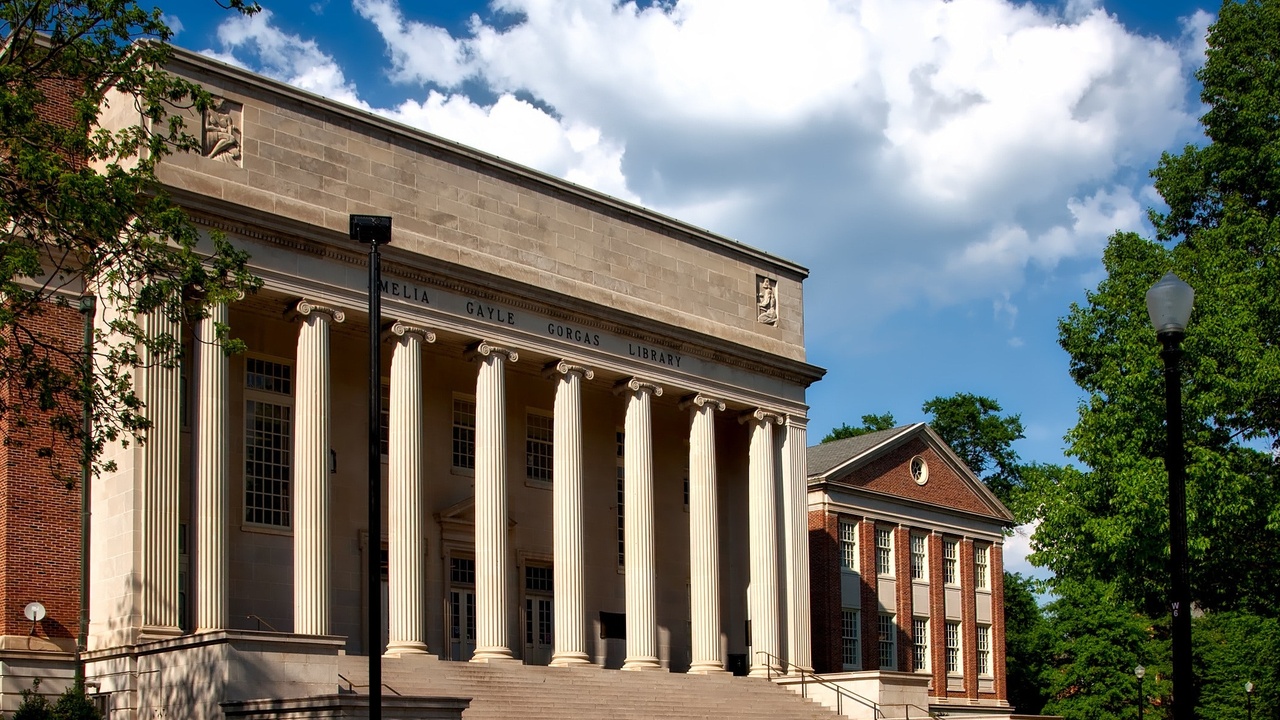Admissions Advice: Learn the Landscape
May 01, 2022
When debaters prepare for competitions, they typically read about their judges’ preferences, their competitors’ records, and the arguments they’d expect to encounter. However, many of those same debaters approach the college admissions process without the same level of preparation or confidence.
As ModernBrain prepares to launch our admissions consulting program this June, we’ll create a series of posts aimed at helping both our students and the public know more about what colleges want to see in a quickly changing landscape.
In that vein, here are three resources that all applicants should (but often don’t!) know about.
RESOURCE #1 – The Common Data Set
The Common Data Set, or CDS, was created to standardize key facts about colleges in an easily accessible way to the public. It’s a framework that allows colleges to communicate important information. For example, what factors does your dream school care about? Does it prioritize students who have good grades, demonstrate interest, or have top extracurricular activities? It might surprise you to hear that some great institutions don’t even look at letters of recommendations.
As you read through several colleges’ Common Data Sets, you’ll see impactful trends, like a decreased focus on standardized test scores. The advice you might have received a decade ago may be both inaccurate and a waste of time today. Don’t worry—we’ll be right with you to help demystify for the process.
For now, look at the CDS so you’re familiar with its framework.
Then, analyze the Common Data Sets from top schools. Compare Stanford’s CDS from 2009 with its report from 2022.
RESOURCE #2 – The NACAC State of College Admission Report
NACAC, a national organization aimed at helping students navigate the admission process since the 1930s, produced annual reports about what colleges are looking for until 2019. While they haven’t published a new report in a few years, they may do so in the future. Familiarizing yourself with what colleges have historically cared about can help you tailor your application in a strategic way.
Consider what most colleges valued in 2019: top test scores (which don’t matter as much now in light of the test-optional movement) and high grades in college-prep classes (which still matter very much). Beyond that, most colleges wanted students to show demonstrated interest, good recommendations, a strong personal statement, and robust extracurricular activities.
There’s a lot, but we’ll walk you through it. We’ll help you plan a pathway for your passions.
RESOURCE #3 – Best Value College Lists
I was recently counseling a student who was admitted to the Ivy League (without much aid), a top-20 college (with around 50% aid), and a top-50 college (on a full ride). He had reasonable questions about which school was the best investment. Rankings from traditional sources, like the US News and World Report, tend to focus on historical reputation. This might not mean as much to fiscally savvy families.
Thankfully, respected institutions are creating lists of best value colleges. These consider factors like sticker price cost, return on investment, life prospects, and student satisfaction. Just because you’ve heard a college is very prestigious doesn’t mean it’s the right fit for you.
Consider rankings from publications like Niche, Forbes, and Payscale. You don’t want to apply for colleges without knowing if it’s a worthwhile investment. That behavior wouldn’t make dollars and it wouldn’t make sense.
If you have questions about our program, please contact us at [email protected] or make an appointment right here on the website.


